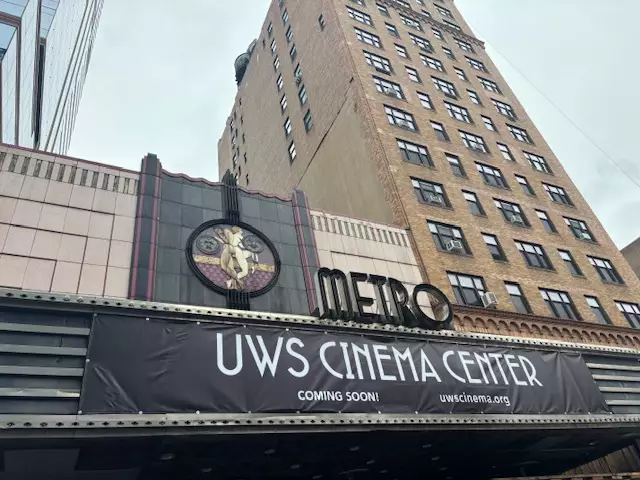New York City has long been a bastion of artistic expression, but with the shuttering of iconic venues over the years, certain neighborhoods face a void that once thrummed with cinematic life. Such is the case for the Upper West Side, a cultural landscape now set to flourish once more with the redevelopment of the historic Metro Theater. Purchased by the newly established Upper West Side Cinema Center for $6.9 million, this project not only symbolizes the return of art cinema to the area but also represents a collective yearning for cultural revival. Funded by robust support from both the public and private sectors, including generous contributions from the Hearthland Foundation led by Kate Capshaw and Steven Spielberg, it’s clear that this project is more than just another arthouse theater; it’s a movement to restore community and cultural pride.
Cinematic Heritage and Community Connection
Founded by the visionary Ira Deutchman and his collaborator Adeline Monzier, the Upper West Side Cinema Center is poised to redefine film experience in the neighborhood. Deutchman, a well-respected figure in the film industry, emphasized the absence of a similar venue since the Lincoln Plaza Cinema’s closure, effectively dubbing the zone a “cinema desert.” This plight resonates deeply in an era where visual storytelling is increasingly relegated to streams and pixels, often devoid of the shared communal experiences once celebrated in theaters. The anticipated arthouse will feature an eclectic blend of classics, foreign films, documentaries, and first-run independent productions, rekindling the kind of collective engagement that cinema facilitates.
Moreover, the planned addition of an educational center and a street-facing café highlights a commitment to cultivating a holistic cultural environment. These spaces will act as forums for discussion, learning, and, crucially, communal bonding, which have become vital in a world often overshadowed by virtual connectivity. As Deutchman poignantly remarked, the theater’s extended vacancy served as a silent witness to society’s drift towards digital isolation, a reality he aims to counteract by revitalizing shared experiences.
Grassroots Support and Notable Endorsements
The project has garnered enthusiastic backing from residents and filmmakers alike, illustrating a widespread desire to sustain the cinematic arts. Notable figures, including Martin Scorsese, Frances McDormand, and Ethan Hawke, have offered their support as advisors, showcasing a rare moment of solidarity among both creators and the community. The grassroots nature of this support is reflected in endorsements from local advocacy groups like the New Friends of Metro Theater, demonstrating a unified front in the fight to preserve and enhance artistic venues within the neighborhood.
Community-driven projects like this not only revive spaces; they also symbolize resilience against commercial encroachment that often prioritizes profit over public art. Gov. Kathy Hochul’s generous grants, which funded a critical purchase deadline extension, serve as a reminder that public leaders can champion community interests. Her commendation of the support garnered indicated that this project represents not only the restoration of a building but the reviving of a shared cultural heartbeat.
Dreams of Restoration and Future Aspirations
The scope of the project is ambitious, estimated at a cost between $15 million to $22 million to fully realize its vision. Deutchman has expressed optimism regarding fundraising efforts, noting initial progress that will help kick-start the construction phase. The goal is to have the theater operational within three years, a timeline that echoes the urgent need for such a space in a community yearning to bridge the gaps wrought by the pandemic and digital distractions.
The Metro Theater’s often-unnoticed art deco design will see careful restoration, echoing the nostalgia of its historical past while paving the way for a future that interweaves tradition and modernity. By reclaiming this artistic hub, the Upper West Side Cinema Center aims to offer a sanctuary for thought-provoking content, a connector of diverse narratives, and a promoter of dialogue—elements essential to the fabric of any thriving community.
This kind of cultural investment not only fosters artistic diversity but also stitches social bonds tighter, turning the theater into a collective canvas where stories unfold and connections are solidified. As the project progresses, it stands as a beacon of hope that films—whether timeless classics or groundbreaking indie features—can continue to illuminate and inspire communities in a world that sometimes forgets the magic of shared experiences.

Leave a Reply